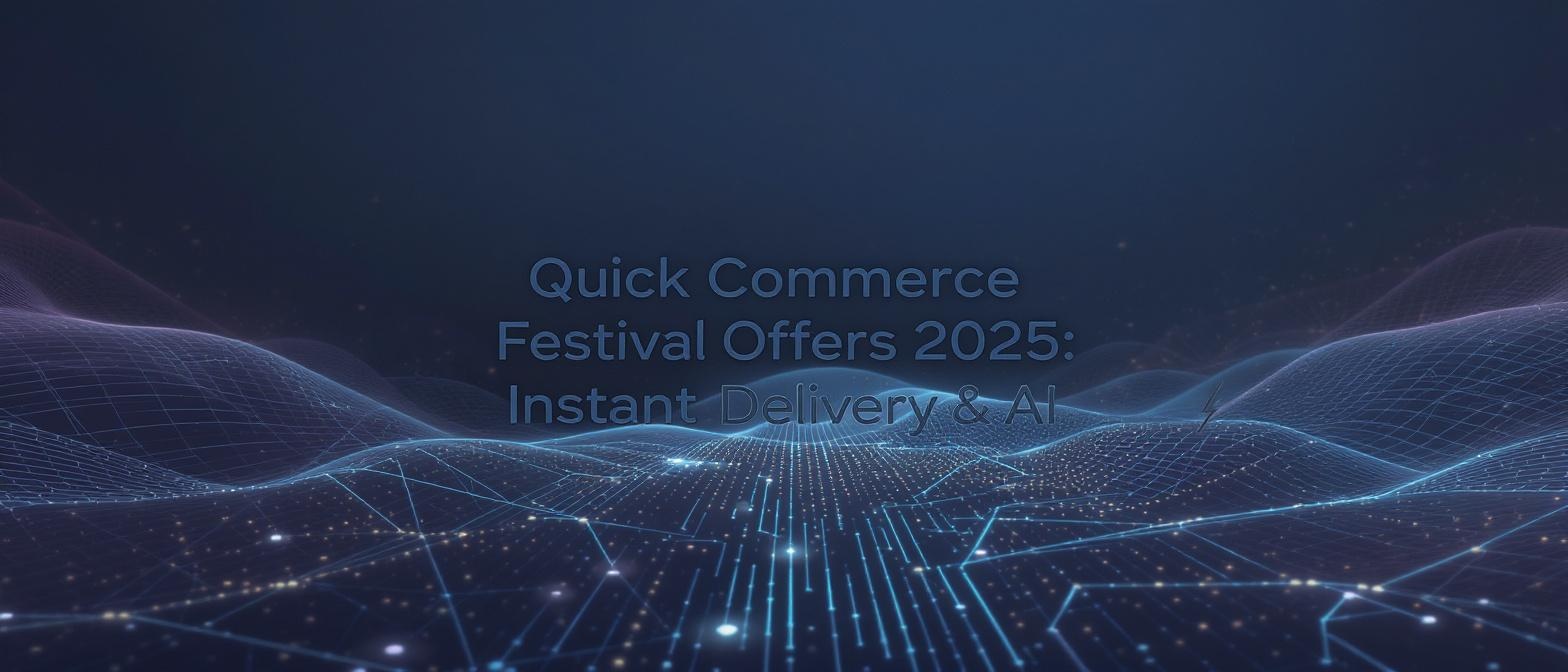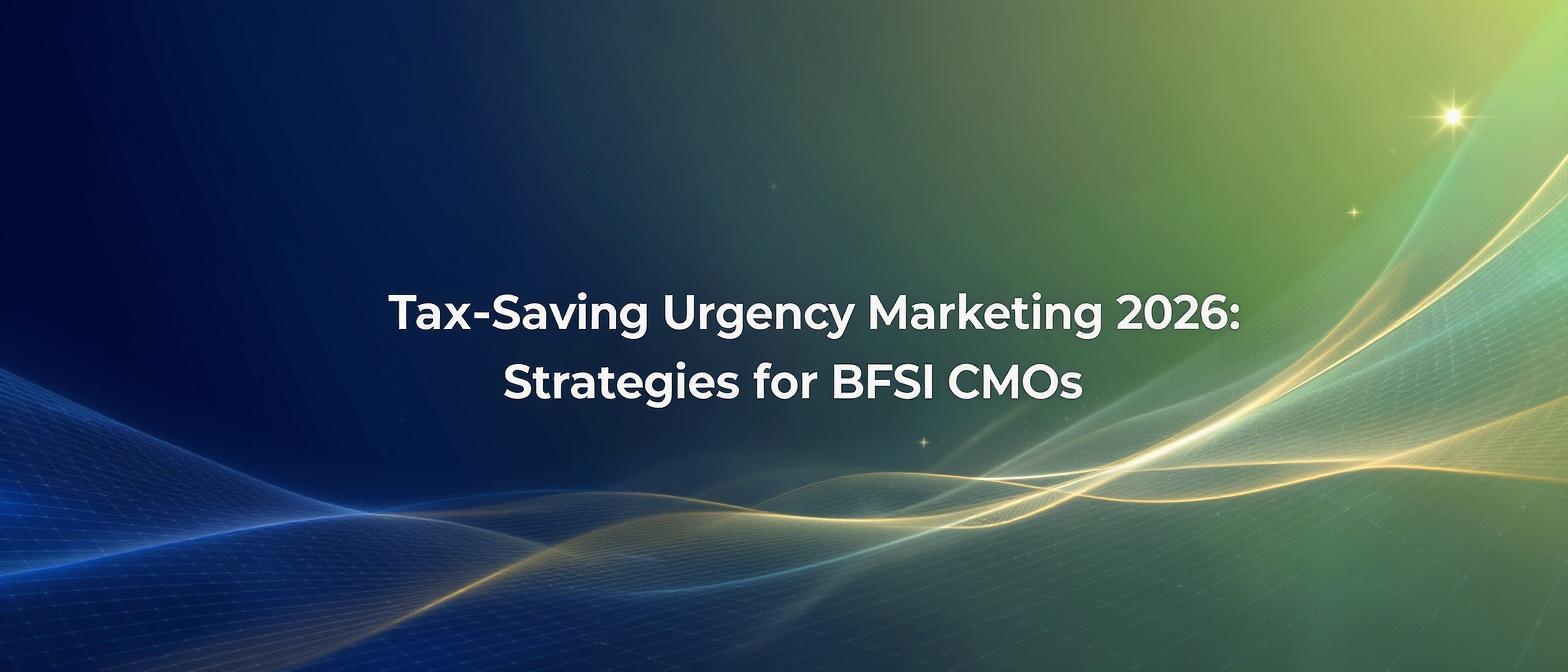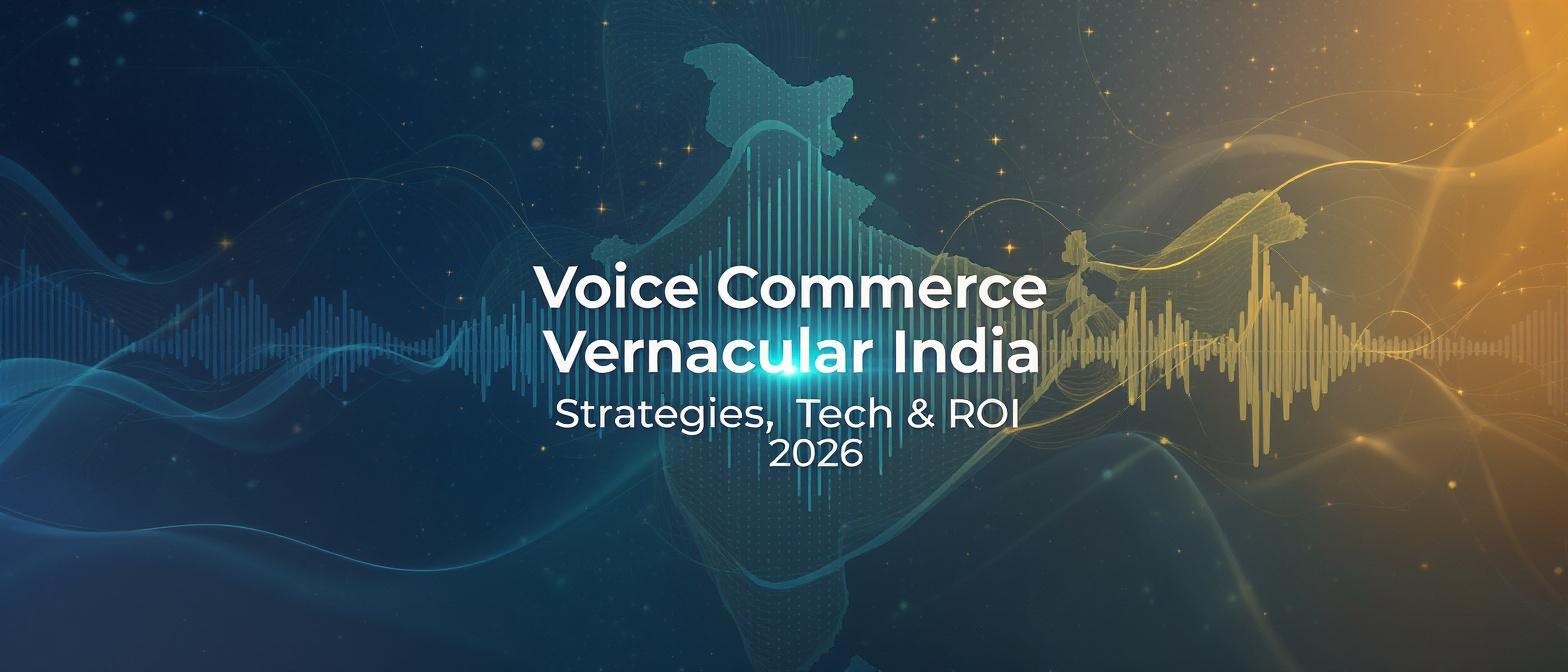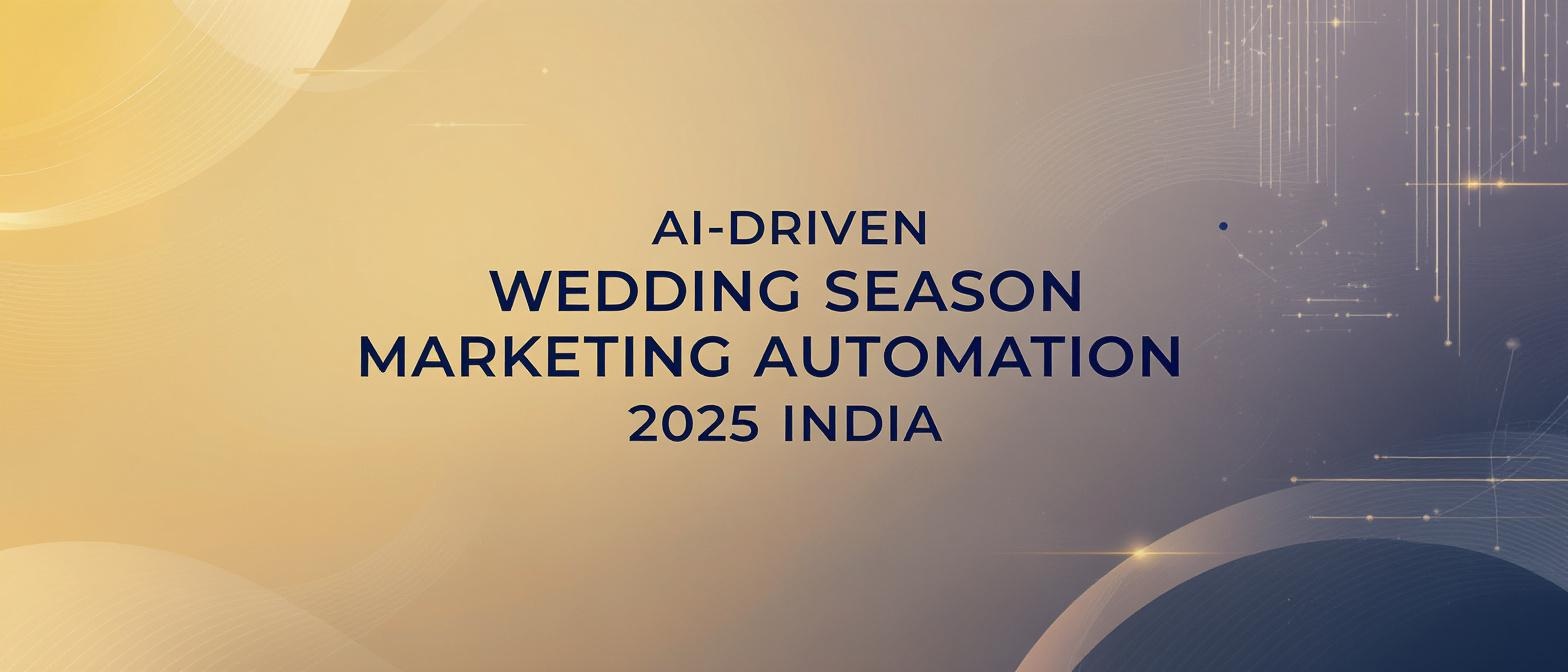How to Implement Answer Engine Optimization for Video: A 2026 Roadmap for AI-Driven Search in India
Estimated reading time: ~9 minutes
Key Takeaways
- AEO for video is about structuring content so AI can cite it directly in zero-click environments.
- Implementing schema markup ensures your videos are snippet-ready for AI-driven search.
- Zero-click optimization is vital for future visibility as AI Overviews continue to grow.
- E-E-A-T signals establish trustworthiness, expertise, and authoritativeness in video content.
- Enterprises can leverage personalization platforms like TrueFan AI to scale video AEO.
In the rapidly evolving digital landscape of India, the familiar blue links of search are giving way to direct, AI-generated responses. This paradigm shift demands a new approach: answer engine optimization for video. This practice involves structuring and enriching video assets so that AI systems, like Google’s AI Overviews and conversational AI, can interpret, surface, and cite them directly in zero-click environments. As traditional search traffic is projected to drop by 25% by 2026 due to AI-driven answers, mastering AEO is no longer optional—it's essential for survival and growth.
This guide provides a comprehensive roadmap for developing an AI Overviews SEO strategy in India for 2026. We will deconstruct the core principles of zero-click optimization for video content, from advanced schema markup to E-E-A-T signals. You’ll learn how to get your videos cited by AI, plan content clusters for the future, and leverage enterprise-grade personalization to dominate the new era of search.
Source: https://www.level.agency/ai-seo-glossary/answer-engine-optimization-aeo/, https://digitalmarketinginstitute.com/blog/digital-marketing-trends-2025
What Is AEO for Video?
Answer engine optimization for video is the strategic process of designing and marking up your video content so that answer engines can understand, quote, and trust it as an authoritative source. It’s a departure from traditional SEO, which focuses on ranking a URL in a list of search results. AEO aims to become the answer itself.
The goal is not just to rank but to be directly featured and cited within an AI-generated response. While traditional video SEO focuses on keywords in titles and descriptions to climb the rankings, AEO for video concentrates on creating snippet-ready answers that AI can easily extract and present to users. This strategic focus is critical for any forward-looking AI Overviews SEO strategy India 2026.
Source: https://aioseo.com/what-is-answer-engine-optimization/
The Evolving Landscape of AI-Driven Video Search
Google’s AI Overviews (formerly Search Generative Experience) are fundamentally changing how users discover video content. Instead of just presenting a link to a YouTube video, the search engine now often provides a synthesized answer that may include a clip, a summary, or key steps extracted directly from a video. This accelerates the trend toward “zero-click” searches, where an estimated 60% of queries are resolved on the results page without a user ever clicking through to a website.
AI’s role in this new landscape is paramount. Advanced algorithms now parse not just metadata but also video transcripts, chapter markers, and structured data (schema) to pinpoint the exact segment that best answers a user’s query. A 2025 HubSpot survey found that 75% of marketers believe AI-enabled search will positively impact their strategies, underscoring the industry’s pivot toward optimizing for these intelligent systems. For brands, this means visibility depends on how well their video content is structured for AI consumption, making a robust AI Overviews SEO strategy India 2026 a non-negotiable asset.
Source: https://socialtrendzz.com/how-to-optimize-for-googles-ai-overviews-sge-complete-guide-for-2026/, https://www.hubspot.com/marketing-statistics
Essential Schema Markup for AEO in Video
Structured data, or schema markup, is the language that makes your video content “snippable” for answer engines. By adding specific code like JSON-LD to your page, you provide
explicit context that helps AI understand what your video is about, who is in it, and what key moments it contains. The foundation for this is the
VideoObject schema.
Source: https://developers.google.com/search/docs/appearance/structured-data/video
AEO Schema for Personalized Videos
Standard VideoObject schema is powerful, but for cutting-edge AEO, it can be extended with custom fields to support personalization. This involves adding properties
that define key timestamps, speakers, main topics discussed, and even personalization tokens (e.g., [user_name], [user_city]).
This enhanced AEO schema for personalized videos allows AI to not only understand the content but also tailor snippets to individual user intent. For example, an answer engine could extract a segment where a brand ambassador mentions a user’s specific city, creating a hyper-relevant and engaging answer. This is a cornerstone of an effective AI answer citation strategy.
Source: https://www.level.agency/ai-seo-glossary/answer-engine-optimization-aeo/
FAQ Schema for Video Content
Applying FAQPage schema to your video content is one of the most direct ways to capture question-based queries. This is done by creating a Q&A section in your
video’s description or transcribing relevant portions and wrapping each question-and-answer pair in JSON-LD markup.
For maximum impact, link each answer in the schema to the specific timestamp in the video where the answer is provided. This implementation enables AI to surface your video as a direct, playable answer for common user questions, significantly increasing its chances of being featured in AI Overviews. This is a critical tactic for anyone serious about FAQ schema for video content.
HowTo Schema Video Markup
For instructional or tutorial videos, HowTo schema is indispensable. This markup allows you to break down your video into a sequence of steps, each defined as a
HowToStep within your JSON-LD. Each step can include text descriptions and even links to corresponding images or video clips.
By implementing HowTo schema video markup, you make it easy for answer engines to feature individual steps from your tutorial as rich snippets. A user searching “how to change a tire” might see Step 1, Step 2, and Step 3 presented directly in the AI Overview, with each step sourced from your video. This is a powerful technique for capturing the featured snippet for video scripts.
Zero-Click Optimization Techniques for Video Content
To succeed in an AI-first world, your video content must be optimized for immediate consumption without requiring a click. This requires a shift in how content is structured and presented.
Here are key zero-click optimization for video content techniques:
- Craft Answer-First Intros: The first 20-30 seconds of your video are crucial. State the primary question and deliver a concise, direct answer right away. This “answer-first” approach makes it easy for AI to identify and snippet the most valuable part of your content.
- Optimize Thumbnails and Metadata: Thumbnails should be visually compelling and contextually relevant. The video title should be precise and often framed as the target question (e.g., “What is Answer Engine Optimization for Video?”).
- Use Chapters and Summary Cards: Break your video into logical chapters with clear, descriptive titles. In the video description, include a bulleted summary or key takeaways with timestamps. This structured format helps AI navigate and index your content more effectively.
- Provide a Full, Accurate Transcript: A complete transcript is a treasure trove of data for answer engines. Ensure it’s accurate and formatted with clear delineations between questions and answers, which further aids in snippet extraction.
Effective answer engine optimization for video is about making your content as accessible and understandable to machines as it is to humans.
Source: https://www.youtube.com/watch?v=aRrlwGKzLek
Personalization & E-E-A-T in AI Video
As AI becomes more sophisticated, it will increasingly rely on E-E-A-T (Experience, Expertise, Authoritativeness, Trustworthiness) signals to determine which video sources to cite. Demonstrating high E-E-A-T is vital for your content to be considered a credible answer.
- Experience: Showcase real-world application. Include clips of product demos, customer testimonials, or case study snippets.
- Expertise: Feature narrators with verifiable credentials. Mention their qualifications or display their title and organization on-screen.
- Authoritativeness: Cite data, studies, or credible sources directly in your video, either through on-screen text overlays or explicit mentions in the voice-over.
- Trustworthiness: Build trust by displaying user reviews, ratings, or security badges. Being transparent about sources and affiliations is key.
Beyond E-E-A-T, dynamic personalization is a powerful differentiator. Platforms like TrueFan AI enable the creation of videos where elements like the viewer’s name, location, or purchase history are inserted dynamically. This level of personalization significantly boosts engagement and provides strong relevancy signals to answer engines, making E-E-A-T for AI video personalization a formidable strategy.
Source: https://www.level.agency/ai-seo-glossary/answer-engine-optimization-aeo/
AI Answer Citation Strategy & Featured Snippets for Video Scripts
To have your video scripts cited in AI Overviews, you must structure them for easy extraction. The ideal script format for a featured snippet for video scripts follows a simple, powerful formula.
First, begin a section by directly answering the target user question in a single, clear sentence. This is the “money quote” that AI is looking for. Immediately follow this with a supporting statistic, a brief example, or a concise elaboration to add depth and credibility. Finally, ensure your transcript and schema link this answer back to a specific timestamp or chapter anchor in the video.
Your AI answer citation strategy should also include embedding citations directly within your transcript’s JSON-LD. For instance, when quoting a statistic, your structured data can explicitly name the source and provide a URL. This not only enhances your video’s trustworthiness but also positions it as a reliable, citable authority in the eyes of answer engines.
Source: https://www.rankingbyseo.com/blog/answer-engine-optimization/
AEO Content Cluster Planning for 2026
Looking ahead to 2026, a successful video AEO strategy cannot rely on standalone videos. Instead, it requires a meticulously planned content cluster model that establishes topical authority. This approach is central to a dominant AI Overviews SEO strategy India 2026.
Start by creating a comprehensive pillar video—for example, a deep dive into “What is Answer Engine Optimization for Video?” This flagship content should be extensively marked up with all relevant schema types. Then, build out a series of cluster videos that explore related subtopics in greater detail.
Your cluster topics could include:
- “A Step-by-Step Guide to Implementing FAQ Schema for Videos”
- “How to Use HowTo Markup to Win Featured Snippets”
- “Advanced Zero-Click Optimization for Video Content”
- “Boosting E-E-A-T in Video for Higher AI Rankings”
Interlink these videos strategically using YouTube playlists, end screens, and cards. Embed them within supporting blog posts on your website and ensure a unified schema strategy connects the entire cluster. This creates a dense, semantically-rich web of content that signals deep expertise to answer engines, making your brand the definitive source on the topic. This is the foundation of AEO content cluster planning 2026.
Enterprise Applications: TrueFan’s Approach
For large enterprises, scaling answer engine optimization for video requires a sophisticated technological backbone capable of delivering personalization and relevance at an unprecedented level. This is where a specialized generative AI platform becomes indispensable.
TrueFan AI has established itself as a leader in hyper-personalized video AEO, offering a suite of enterprise-grade capabilities that transform customer engagement.
- Hyper-Personalization at Scale: By integrating with a company’s CRM, the platform can generate millions of unique videos where a celebrity or brand ambassador addresses customers by name, references their city, or mentions a recent purchase. Zomato leveraged this to generate 354,000 personalized videos in a single day for its Mother’s Day campaign.
- Multilingual Localization: TrueFan AI’s 175+ language support and Personalised Celebrity Videos allow brands to deploy campaigns across diverse regions with perfect lip-sync and voice cloning. This capability is critical for achieving high relevance and answer engine citations in a multilingual market like India.
- Virtual Reshoots & AI Editing: The technology enables marketers to alter dialogue and messaging in existing footage without costly reshoots. This agility allows for rapid A/B testing of different calls-to-action or promotional offers, optimizing for the best engagement signals.
- Real-Time API Integration: With video renders in under 30 seconds, personalized content can be triggered by user actions and delivered instantly via webhooks to apps, emails, or WhatsApp, creating a seamless and immediate user experience.
- Advanced Analytics & ROI: Solutions like TrueFan AI demonstrate ROI through detailed analytics dashboards that track engagement, watch rates, and conversion lifts. For example, Goibibo saw a 17% higher WhatsApp read rate with personalized video nudges. Similarly, Hero MotoCorp’s campaign of 2.4 million personalized greetings drove a significant spike in service visits.
Conclusion
The shift to an AI-driven search landscape is here, and answer engine optimization for video is the key to future visibility and authority. By implementing advanced schema, embracing zero-click optimization techniques, and demonstrating strong E-E-A-T signals, brands can position their content to be the definitive answers users are looking for.
As we move toward 2026, the strategy must evolve from creating individual videos to building comprehensive content clusters. For enterprises, leveraging powerful personalization engines will be the ultimate competitive advantage. The future of search is not about being on the list; it’s about being the answer.
Ready to lead the charge in video AEO? Explore how TrueFan’s enterprise-grade solutions can transform your video personalization strategy and prepare you for the AI-driven future.
Frequently Asked Questions
What is the difference between video SEO and video AEO?
Video SEO primarily focuses on optimizing video titles, descriptions, and tags to rank higher in traditional search results (the “blue links”). Video AEO, on the other hand, focuses on structuring and marking up video content so that AI-powered answer engines can extract and feature it directly as the answer to a user’s query in zero-click environments like AI Overviews.
Why is schema markup so important for Answer Engine Optimization?
Schema markup is structured data that acts as a translator between your content and search engines. It provides explicit context that AI needs to understand the key elements of your video, such as its topic, the steps in a tutorial (HowTo), or the questions it answers (FAQPage). Without schema, AI has to guess, making it far less likely to select your video for a featured snippet or AI-generated answer.
How does E-E-A-T apply to video content for AI?
E-E-A-T (Experience, Expertise, Authoritativeness, Trustworthiness) is a set of signals AI uses to evaluate the quality and credibility of a source. For video, this can be demonstrated by featuring qualified experts on camera, citing credible data with on-screen text, showcasing real-world use of a product, and including customer testimonials. High E-E-A-T tells answer engines that your video is a reliable source worthy of citation.
Can personalized videos really impact my SEO and AEO efforts?
Absolutely. Personalized videos generate significantly higher engagement signals (watch time, interaction rates), which are important ranking factors. For AEO, personalization creates hyper-relevant content that AI systems are more likely to surface for specific user queries. When a video can address a user by name or reference their location, it provides a powerful signal of relevance that answer engines are designed to prioritize.
How can my enterprise get started with a personalized video AEO strategy?
The first step is to identify key moments in your customer journey where a personalized video could add significant value (e.g., onboarding, cart abandonment, loyalty rewards). Next, partner with a specialized platform that can handle the technical complexities of generating personalized videos at scale. Solutions from TrueFan AI provide the necessary API integrations, AI capabilities, and strategic support to launch effective, large-scale video AEO campaigns that drive measurable ROI.





